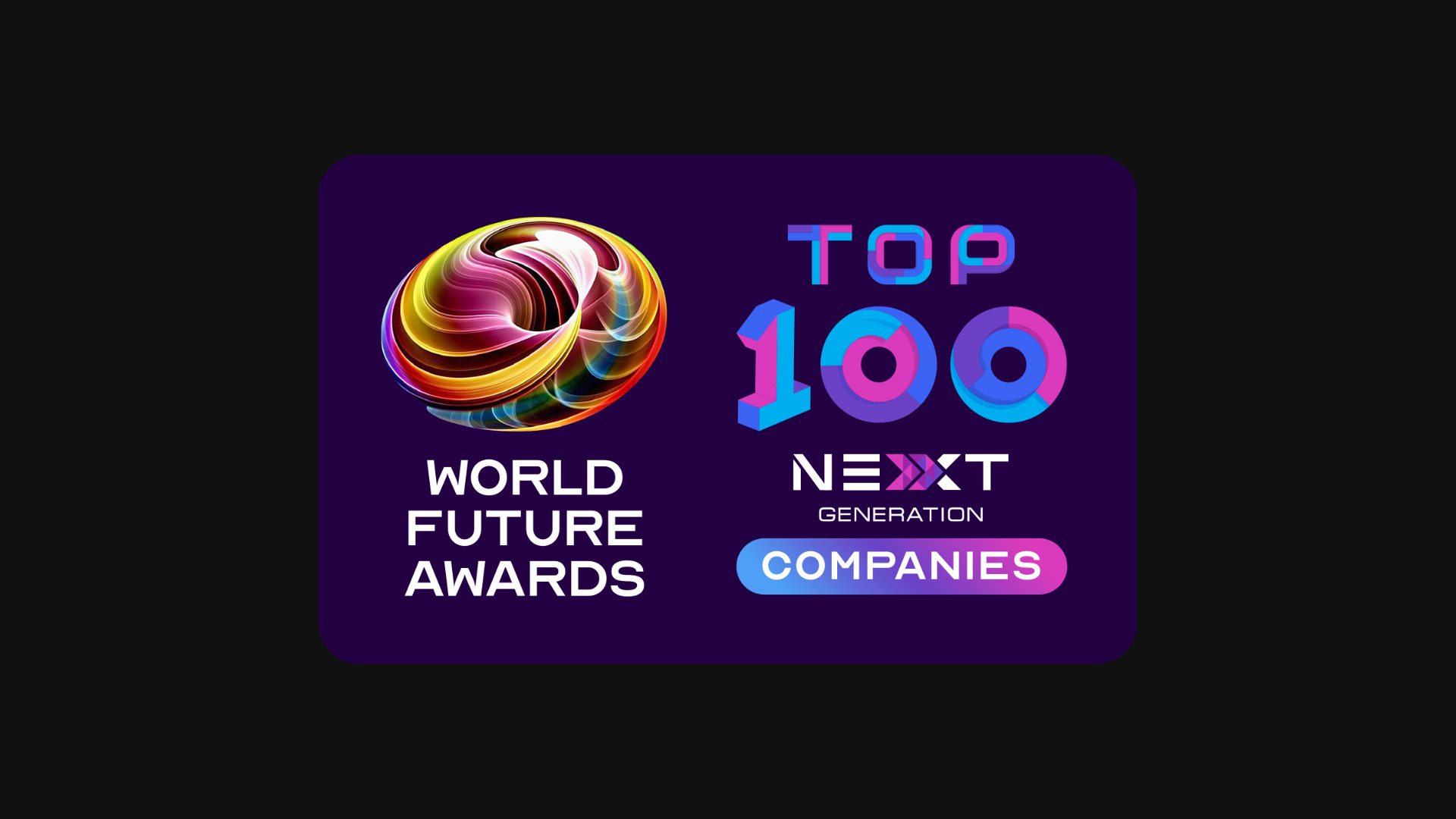In today’s fast-paced digital landscape, the evolution of digital advertising is continuously pushing boundaries and challenging traditional methods. Among the latest innovations that are shaping the future of advertising is Next-Gen Demand-Side Platform (DSPM). But what exactly is a DSPM? In simple terms, a DSPM is a software that enables marketers to automate the process of buying digital ad inventory. With its unique ability to use real-time data and advanced algorithms, DSPMs offer a range of impactful features that transform the way marketers target, reach, and engage with their audience. From granular audience targeting to personalized ad experiences, Next-Gen DSPMs are revolutionizing the advertising industry, providing marketers with unprecedented control and efficiency.
One of the key impacts of Next-Gen DSPMs is their ability to leverage artificial intelligence and machine learning. By analyzing vast amounts of data, these platforms can gather valuable insights and predict user behavior, allowing marketers to deliver highly targeted and relevant ads. Additionally, Next-Gen DSPMs offer advanced optimization capabilities that maximize campaign performance through automated bidding and real-time adjustments. This not only improves the efficiency and effectiveness of advertising campaigns but also enables marketers to achieve their goals more effectively. Now that we have a better understanding of how Next-Gen DSPMs are revolutionizing digital advertising, let’s dive into the key takeaways that will be explored in this article.
1. Automation and artificial intelligence (AI) are transforming the future of DSPM by enabling real-time optimization and personalization of digital advertising campaigns. The use of AI algorithms can help advertisers better target their audience, optimize campaign performance, and drive higher return on investment (ROI).
2. The rise of programmatic advertising has led to the need for better data transparency and quality. Next-gen DSPM platforms are incorporating advanced data management tools that provide advertisers with a holistic view of their campaigns, allowing them to make data-driven decisions and adapt their strategies accordingly.
3. The integration of data from multiple sources, such as customer relationship management (CRM) systems and third-party data providers, is crucial in enhancing the effectiveness of DSPM platforms. By consolidating data and leveraging advanced analytics capabilities, advertisers can gain deeper insights into their consumers’ behavior and preferences, enabling better targeting and personalization.
4. Contextual advertising is evolving rapidly, thanks to advancements in natural language processing (NLP) and machine learning. Next-gen DSPM platforms are leveraging these technologies to analyze content in real-time, allowing advertisers to serve ads that are highly relevant to the context and sentiments of the surrounding content.
5. Privacy regulations and user consent management are increasingly important considerations for advertisers. Next-gen DSPM platforms are incorporating enhanced privacy controls and user consent management tools to ensure compliance with regulations such as the General Data Protection Regulation (GDPR). Advertisers need to prioritize user privacy while still delivering personalized experiences, and DSPM platforms are evolving to address these challenges.
What are the Innovations Shaping the Future of Next-Gen DSPM?
1. Artificial Intelligence Integration
With the advancements in artificial intelligence (AI), Next-Gen DSPM systems are incorporating AI algorithms to enhance their capabilities. AI integration enables DSPM platforms to analyze vast amounts of data in real-time and make intelligent predictions and decisions. By leveraging AI, DSPM solutions can optimize ad campaigns, audience targeting, and budget allocation, leading to higher performance and improved ROI.
2. Cross-Channel Optimization
Next-Gen DSPM technologies are moving beyond single-channel optimization by focusing on cross-channel campaigns. These innovative solutions enable advertisers to reach their target audience seamlessly across various digital touchpoints, including display ads, video ads, social media, mobile apps, and more. By delivering coherent messages and experiences across channels, DSPM helps maximize reach and engagement while ensuring consistent brand messaging.
3. Dynamic Creative Optimization
An essential aspect of Next-Gen DSPM is the incorporation of dynamic creative optimization (DCO). DCO allows advertisers to tailor their ad creatives based on specific user characteristics, such as demographics, preferences, and location. This personalized approach enhances ad relevancy, increases user engagement, and ultimately boosts conversion rates. By dynamically adjusting ad elements like images, texts, and calls-to-action, advertisers can deliver personalized experiences at scale.
4. Real-Time Bidding Strategies
Next-Gen DSPM platforms are leveraging real-time bidding (RTB) strategies to optimize ad auctions. RTB allows advertisers to bid on ad impressions in real-time, targeting the most relevant users with the highest probability of conversion. By analyzing user behavior data and auction dynamics, DSPM systems can make split-second decisions to place bids efficiently, ensuring ad placement effectiveness and cost-efficiency.
5. Enhanced Behavioral Analytics
Innovations in Next-Gen DSPM have led to the development of advanced behavioral analytics capabilities. These analytics tools enable advertisers to gain deep insights into user behavior, preferences, and intent. By leveraging sophisticated algorithms and machine learning techniques, DSPM platforms can identify patterns, segment audiences, and create highly targeted ad campaigns. Enhanced behavioral analytics empower advertisers to deliver more personalized and relevant advertising experiences, leading to higher engagement and conversion rates. Explore the latest advancements in Next-Gen DSPM: Next-Gen DSPM Innovations.
What are the Key Tips to Harness the Power of Next-Gen DSPM Innovations?
- Invest in AI-powered DSPM platforms to leverage their advanced predictive capabilities and improve ad performance.
- Adopt a cross-channel approach to reach your target audience effectively across multiple digital touchpoints.
- Utilize dynamic creative optimization to tailor ad creatives based on user characteristics and boost engagement and conversions.
- Incorporate real-time bidding strategies in your DSPM campaigns to optimize ad placements and maximize ROI.
- Leverage enhanced behavioral analytics to gain deep insights into user behavior and preferences, enabling highly targeted and personalized ad campaigns.
Frequently Asked Questions
1. What is Next-Gen DSPM?
Next-Gen DSPM, or Next-Generation Digital Signal Processing Modulation, refers to the innovative advancements and technologies that are shaping the future of signal processing and modulation. It encompasses various cutting-edge techniques and algorithms used to improve wireless communication systems and optimize their performance.
2. How does Next-Gen DSPM differ from traditional approaches?
Next-Gen DSPM goes beyond the limitations of traditional approaches by leveraging advanced algorithms, machine learning, and artificial intelligence. It enables real-time adaptation, increased efficiency, enhanced reliability, and seamless integration with emerging technologies like 5G, IoT, and smart devices.
3. What are the key innovations driving Next-Gen DSPM?
Next-Gen DSPM is empowered by several key innovations, such as dynamic spectrum access, cognitive radios, massive MIMO (Multiple-Input Multiple-Output) technology, beamforming, waveform shaping, and software-defined networking (SDN). These advancements enable faster data transmission, improved spectral efficiency, reduced interference, and better overall system performance.
4. How does Next-Gen DSPM contribute to 5G networks?
Next-Gen DSPM plays a crucial role in the development and implementation of 5G networks. With its advancements in spectral and energy efficiency, it enables faster and more reliable connections, lower latency, and improved capacity management. It also facilitates optimized resource allocation, intelligent interference management, and seamless integration of diverse network elements.
5. What are the benefits of Next-Gen DSPM for IoT devices?
Next-Gen DSPM offers numerous benefits for IoT (Internet of Things) devices. It enhances connectivity, extends battery life, improves data throughput, and enables efficient utilization of network resources. Additionally, it enables secure and scalable communication between IoT devices and supports the massive connectivity requirements of IoT applications.
6. Are there any challenges associated with implementing Next-Gen DSPM?
Implementing Next-Gen DSPM does come with its own set of challenges. Some of these challenges include complex algorithm design, computation and processing power requirements, interoperability issues, compatibility with legacy systems, and the need for continuous adaptation to evolving network conditions.
7. Is Next-Gen DSPM applicable to other industries beyond communication networks?
Yes, Next-Gen DSPM has applications beyond communication networks. Its techniques and principles can be applied to various industries such as healthcare, transportation, manufacturing, defense, and aerospace, to improve signal processing, data analysis, and optimization in diverse systems and applications.
8. How is machine learning integrated into Next-Gen DSPM?
Machine learning techniques play a significant role in Next-Gen DSPM. They enable adaptive and intelligent decision-making, learning from data patterns, and predicting optimal modulation schemes based on current network conditions. Machine learning algorithms help in dynamically optimizing system parameters, reducing interference, and enhancing overall performance.
9. What are the future prospects of Next-Gen DSPM?
The future prospects of Next-Gen DSPM are highly promising. As technology advances and new innovations emerge, Next-Gen DSPM will continue to evolve and revolutionize the way wireless communication systems operate. It will unleash new possibilities in terms of performance, efficiency, reliability, and seamless connectivity across various industries, transforming the way we interact with information and devices.
10. How can businesses leverage Next-Gen DSPM for their advantage?
Businesses can leverage Next-Gen DSPM to gain a competitive edge in an increasingly connected world. By adopting and integrating Next-Gen DSPM technologies and solutions, businesses can enhance their wireless communication capabilities, improve operational efficiency, enable faster data transmission, ensure reliable connectivity, and pave the way for innovation and growth.
Final Thoughts
As Next-Gen DSPM continues to revolutionize the future of wireless communication, the possibilities and opportunities are vast. With its innovative advancements, such as machine learning integration and dynamic spectrum access, Next-Gen DSPM is poised to reshape industries and enable a truly connected world. Embracing these innovations and staying at the forefront of Next-Gen DSPM developments will be crucial for businesses and industries to thrive in the digital era.
From empowering 5G networks and IoT devices to revolutionizing various sectors like healthcare and transportation, Next-Gen DSPM is a driving force in shaping the future. The continuous evolution of Next-Gen DSPM will unlock new avenues for efficient data processing, enhanced network performance, and seamless connectivity, ultimately benefiting individuals, businesses, and society as a whole.






